
nebari/iStock/Getty Images
Approximately 1 percent of the American population, mainly men between the ages of 30 and 50, have gout. This condition is triggered by increased uric acid levels in your body or your kidney’s inability to effectively remove uric acid, which leads to crystal-like deposits of uric acid in the joints of your hands, knees, feet and ankles and causes severe pain. Left untreated, repeat gout attacks could lead to permanent damage of the affected joint. Flare-ups and swelling are often treated with medication. A low-purine diet can also help decrease your body’s uric acid levels.
Stay Hydrated but Limit Alcohol

Maria Teijeiro/Photodisc/Getty Images
Alcohol, such as beer or liquor, is considered a high purine beverage and should be avoided to prevent further gout attacks. Instead, select lower purine drinks like tea, coffee, water and juice. High intake of coffee, at least 4 cups per day, has been shown to decrease uric acid build up in your body. Drinking enough water helps keep you hydrated and prevents increased uric acid levels. According to the Institute of Medicine, healthy adults should average between 11 and 16 cups per day of water or fluids.
Monitor Meat and Seafood
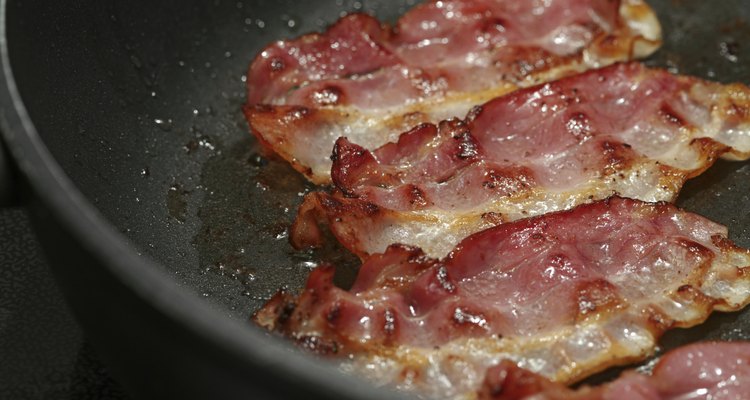
sumnersgraphicsinc/iStock/Getty Images
Gout flare-ups can also be a result of eating too much of certain meats or seafood. High-purine meat such as bacon, organ meats, wild game and goose should all be avoided. In addition, anchovies, sardines, herring, mussels and scallops are seafood selections that should be eliminated from your diet. Moderate-purine sources of protein are beef, poultry, crab, lobster, oysters and shrimp. Limit these foods to a total of 4 to 6 ounces per day. Dried beans and lentils also contain moderate amounts of purines, so you should eat no more than 2 servings per week.
Avoid Added Sugars
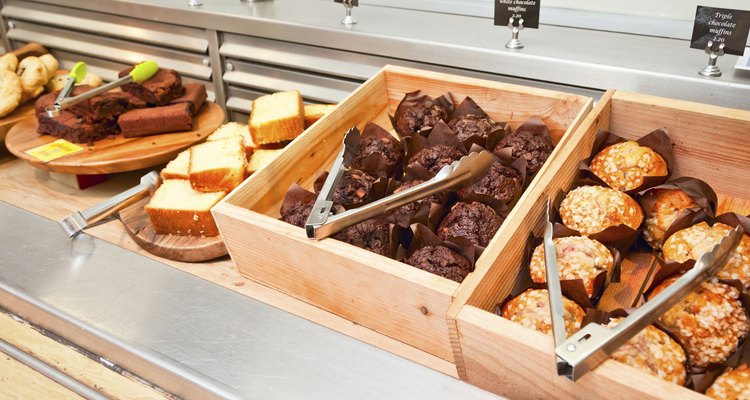
naumoid/iStock/Getty Images
Too much sugar in your diet may cause symptoms of gout. In particular, avoid high fructose drinks, such as regular soda. Desserts such as cake, cookies and doughnuts and pie can have a lot of added sugar and fat and should be eaten in moderation.
Incorporate Fruits and Vegetables
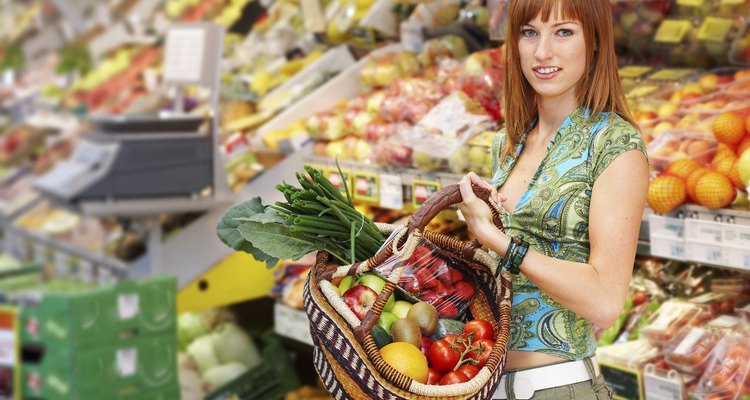
franz pfluegl/iStock/Getty Images
Eating fruits and vegetables is an important part of a balanced diet. Other than avocados, fruits are low in purine and a good choice for preventing gout. Most vegetables are also low in purines, except for a few that you should limit. Asparagus, cauliflower, spinach and mushrooms can all be part of your diet, but don’t eat more than 1/2-cup serving per day.
Control Fat Intake
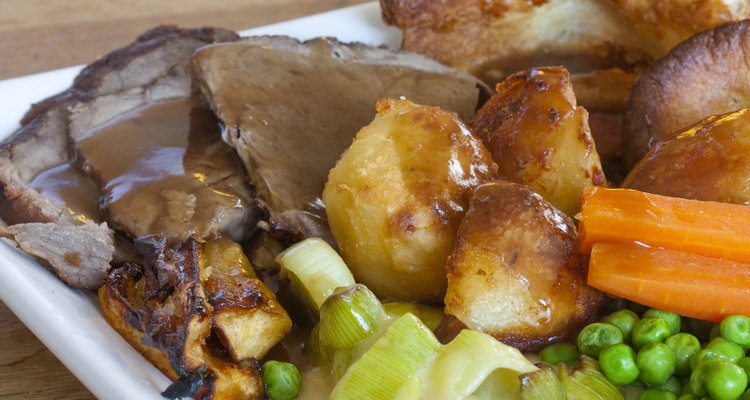
Simon Ingate/iStock/Getty Images
The amount of fat you eat can contribute to your risk of a gout flare-up, as high-fat diets cause the kidneys to retain uric acid. When selecting meals, avoid any meat-based gravies or sauces. Use caution with meat-based broths and soups as well as fried foods or dressings as these foods contain moderate amounts of purines. Instead, stick with fresh herbs and seasonings to reduce uric acid accumulation in your body.
Other Diet Considerations
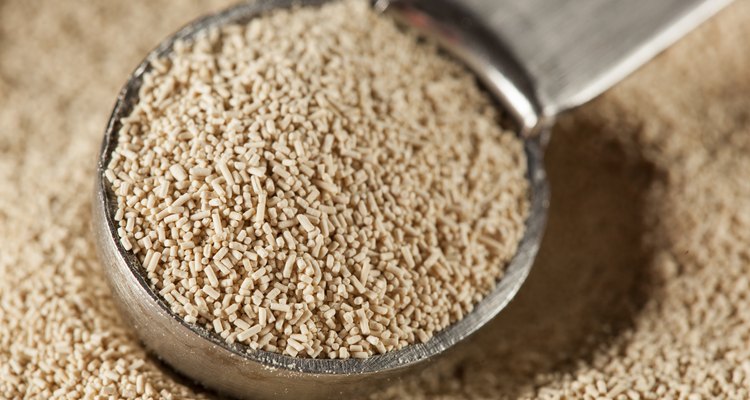
bhofack2/iStock/Getty Images
Supplementing your diet with yeast extracts or consuming yeast is not recommended due to the high purine content of these foods. Also, whole-grain hot cereal like wheat germ and oatmeal should be limited to no more than one 1/2-cup serving twice per week as each of these grains has a moderate purine content.
Related Articles

List of Gout Diet Foods

Foods to Prevent Jaundice
Snacks Compatible With a Diet for Gout

Flat Belly Diet & Coffee

A List of Foods That Contain Choline
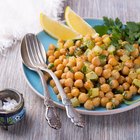
Garbanzo Beans on the Glycemic Index
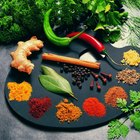
Salt-Free Diet Menus
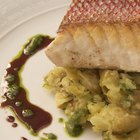
What Are the Health Benefits of Red ...

A Low-Cholesterol Diet Plan Menu
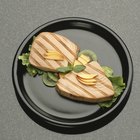
Food List for Wild Rose D-Tox
Low-Potassium Meals
The Calories in Seafood Paella
Fried Clams Nutrition

Side Effects of Monosodium Glutamate
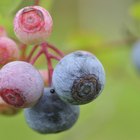
Nutrition Information on Blueberries

Wild Rose D-Tox Rules

How to Reduce Acne Inflammation
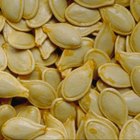
Alkaline & Acidic Foods & Drinks

Vitamins for Mental Alertness

Foods That Are Good for Arthritis Pain ...
References
- Nutrition and Diagnosis-Related Care; Sylvia Escott-Stump, MA, RD, LDN
- American College of Rheumatology: Gout
- University of Pittsburgh Schools of Health Sciences: Low-Purine Diet
Writer Bio
Stacey Phillips is a registered dietitian and nutrition writer. She has had articles and patient information handouts published in the "Renal Nutrition Forum" and the "Journal of Renal Nutrition." She holds a Bachelor's degree from the University of Illinois in Champaign-Urbana and a Masters degree at Central Michigan University.
Photo Credits
nebari/iStock/Getty Images